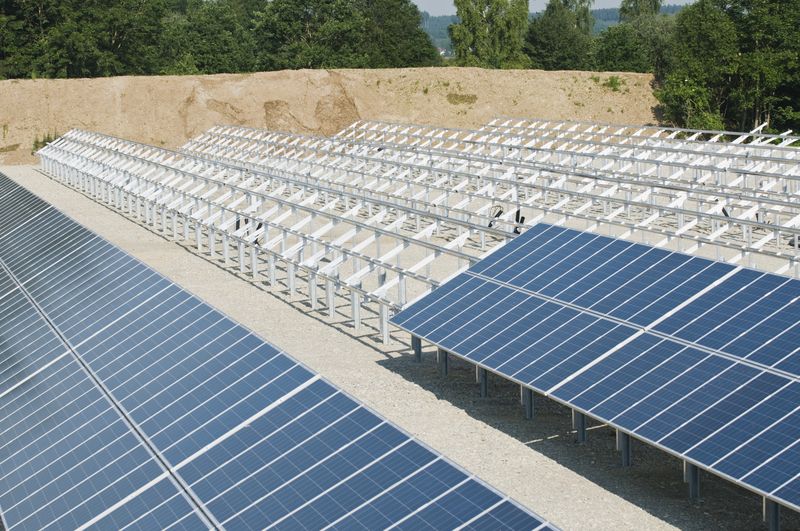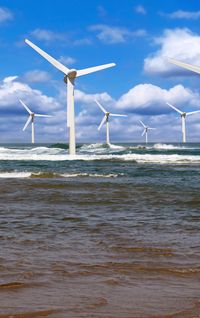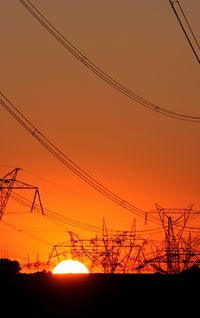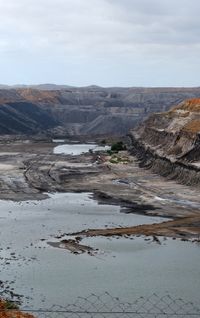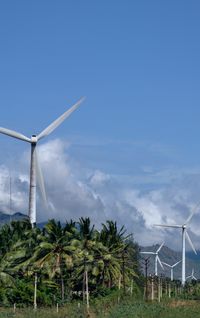The infrastructure fund sector is facing strong headwinds for the first time as the era of ultra cheap credit comes to an end. The infra fund story remains compelling enough. Investors require the long-dated, inflation-linked returns that many infra assets can provide. But the ease to the financing asset portfolios that a liquid, low-cost debt market provides has put a dampener on activity, A more diverse set of fund strategies is therefore likely to emerge to complement the buy, buy, buy mantra.
A sign of the times, perhaps, but this week Carlyle launched its new renewables platform Telis Energy, saying it would develop its projects, not buy them. "We would rather build," Pooja Goyal, chief investment officer of Carlyle Infrastructure, told Reuters. "We didn't just buy an existing platform or an existing portfolio. We said we think the better risk-adjusted way to do this is to build a platform that will deliver these projects from the get-go."
Granted that is just one investor and there is still plenty of appetite for buying renewables assets. But data from Refinitiv's Lipper service last week showed funds of equities, debt and other asset types dedicated to environmental, social, and corporate governance (ESG) investing posted net outflows globally of US$108bn this year to the end of September, the first time investors have withdrawn money from them over such a long period since Refinitiv started tracking them in late 2017, Reuters reported.
That is the picture in one sector. Ironically, as COP27 moves into its second week, investors are apparently moving into other natural resource sectors buoyed by rocketing energy prices. But the fund picture overall is one of slowdown. Preqin reported this week that fund-raising has become harder. It said that so far this year "2,258 alternative asset funds have raised a combined US$1.1trn globally, compared with 4,409 funds that raised US$1.48trn in 2021".
An increase in debt costs not only reduces liquidity for new deals, it raises the competition in the wider financial markets for asset allocation. In the days of 0% interest rates, investors were happy with low returns even from equity investments. Now, investors can get higher rates from risk-free assets. At a time when debt costs are going up, equity returns need to become a lot more attractive. One quoted fund last week revealed the dilemma.
Foresight Solar Fund increased its discount rate for its UK leveraged solar portfolio in Q3 by 100bp to 7%, "reflecting both a significant increase in the underlying Gilt yields since H1 2022 and evidence that this is starting to feed through to transaction costs". This resulted in a reduction in net asset value (NAV) by 7p a share. Of course, on the flip side with power prices shooting up, the 7p drop was soon cancelled out, but the point is made on valuations.
There has been plenty of comment about whether some long-term investors will now exit the infra market. With interest rates going up, the long-term pension liabilities these funds have to manage suddenly, very suddenly, become less acute. Sounds great, although in the UK the shock nearly sent the whole corporate pension fund sector into a tail-spin as the hedge-driven liability driven investing (LDI) strategies were caught out in a liquidity squeeze. The upshot could be less illiquid investment in assets such as infrastructure and more pension buy-outs with investments in low-risk liquid assets.
Pension funds are just one part of the investment universe. Preqin points out other investors are always willing to take up the slack, such as the Australian super sector and cash-rick Gulf sovereign wealth funds, boosted by leaping energy prices. Interest in Asia, an area slow to take up the infra fund challenge, appears to be healthy, with KKR, Blackrock, Macquarie and Stonepeak all raising significant sums. An important bellwether this autumn has been the Antin Infrastructure Fund V, which has reached €5bn in fund-raising thus far after "taking a little longer given the difficult economic environment".
So what does the future hold for investors? On the energy side, prices are rocketing up but at the same time governments all over the world are imposing windfall taxes on what they regard as excess profits, particularly in sectors linked to consumers, ie voters. Renewables, regardless of their ESG credentials, are not immune, although away from the direct consumer interface sectors such as battery storage and transmission will thrive.
Large-scale investments in LNG are definitively in, as witnessed by Brookfield and EIG looking to buy Origin and its APLNG assets. And buying activity is still very strong in the data centre and telecoms towers sectors. But regulatory controls are increasing on utilities in general and an appetite for extra leverage to boost returns and asset prices is falling. Aside from the sectors racing away with themselves right now, those seeking to earn an extra equity crust will now have to go downstream to the coalface.
